Plantar pressure testing involves using specialized equipment to measure the pressure distribution and dynamic changes when the foot comes into contact with the ground. This testing provides scientific data for various fields, including human movement, medical diagnosis, rehabilitation, and product design. As the core tool of this technology, the plantar pressure distribution system collects precise data and conducts in-depth analysis, serving crucial roles across multiple areas. Below is an analysis of its functions and significance from different perspectives.
Plantar pressure testing plays an irreplaceable role in diagnosing foot-related disorders. By analyzing pressure distribution, conditions such as flatfoot, high arches, plantar fasciitis, and other biomechanical abnormalities can be identified. For example, flatfoot patients often show concentrated pressure on the medial side of the foot, whereas high arches exhibit pressure concentrated on the heel and forefoot. This data enables physicians to accurately assess foot mechanics and provide personalized treatment recommendations. Additionally, plantar pressure testing can indirectly reflect issues in other systems of the body, such as knee osteoarthritis, hip asymmetry, or scoliosis. Abnormal gait patterns and pressure distribution provide early warning signs of these conditions, promoting timely intervention.
In rehabilitation medicine, the plantar pressure distribution system is an essential tool for evaluating patients' recovery progress. For instance, gait training is a critical aspect of recovery for stroke survivors or post-surgical lower limb fracture patients. Monitoring changes in plantar pressure distribution allows the quantification of gait parameters (e.g., stride length, step width, symmetry), which can assess the effectiveness of rehabilitation plans and facilitate optimization. For prosthetic or orthotic users, plantar pressure testing evaluates the fit and functionality of assistive devices. Adjustments to the prosthetic contact surface or orthotic support structure improve walking efficiency, comfort, and quality of life for users.
In sports science, plantar pressure testing provides valuable insights for optimizing athletic performance and preventing injuries. The dynamic pressure changes during athletic activities reveal potential issues in movement patterns, such as uneven weight distribution or improper landing techniques. By analyzing plantar pressure data, coaches and sports scientists can tailor training plans to optimize parameters like stride length, cadence, or landing techniques, improving efficiency. Abnormal pressure distribution can also indicate a high risk of sports injuries, such as plantar fasciitis when pressure concentrates on the arch. Early identification and intervention significantly reduce the likelihood of injuries.
The plantar pressure distribution system plays a crucial role in designing personalized correction solutions. Technicians use pressure distribution data to create custom orthotic insoles or foot support devices. These personalized products effectively relieve pressure in specific areas, alleviate foot pain, and improve gait and posture. For example, in diabetic foot patients, plantar pressure testing identifies high-pressure regions, helping to prevent ulcer formation. By optimizing pressure distribution through custom insoles, the risk of complications is significantly reduced, enhancing patients' quality of life.
Plantar pressure testing provides scientific data support for designing footwear and other foot-related products. Designers can optimize the structure and material selection of shoe soles based on pressure distribution characteristics for various scenarios (e.g., running, hiking, or prolonged standing), improving both comfort and functionality. Moreover, the plantar pressure distribution system provides core technical support for developing prosthetics, orthotics, and rehabilitation devices. By analyzing users' gait and pressure characteristics, it aids in creating ergonomically designed products, enhancing user experience.
The plantar pressure distribution system is also an important tool for research and education. It is widely used in biomechanics, sports medicine, and rehabilitation science research to analyze gait patterns, mechanical characteristics, and pathological mechanisms, providing accurate data for academic studies. In medical and sports science education, plantar pressure testing is integral to practical teaching, helping students understand complex mechanical principles and clinical applications. This enhances their theoretical and practical capabilities.
Plantar pressure testing, through precise data collection and analysis, provides scientific support across multiple fields. The plantar pressure distribution system plays a pivotal role in this process. From medical diagnosis and rehabilitation assessment to athletic optimization and product design, and even research and education, the application scenarios of plantar pressure testing are extensive and far-reaching. With continuous technological advancements, this system will demonstrate even greater potential, contributing significantly to human health and quality of life.

 +86-0755-86131192
+86-0755-86131192 2025-01-15
2025-01-15 Back to list
Back to list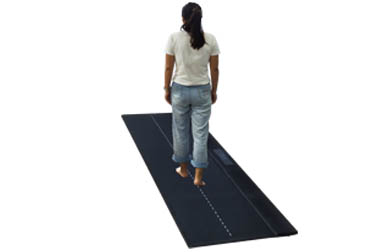
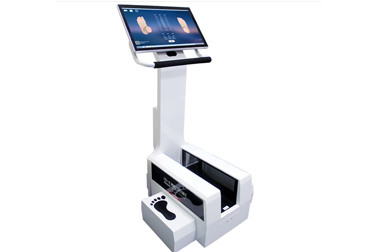
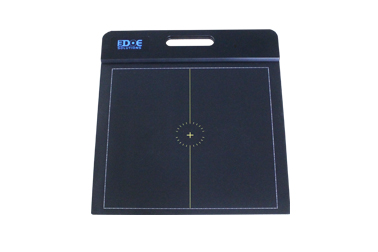
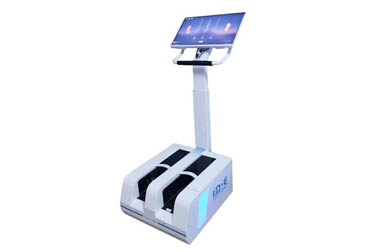
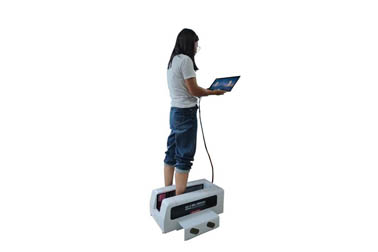



 +86-0755-86131192
+86-0755-86131192